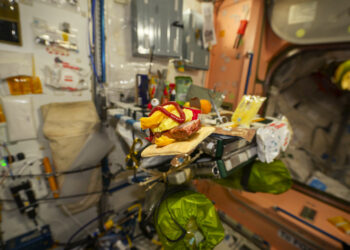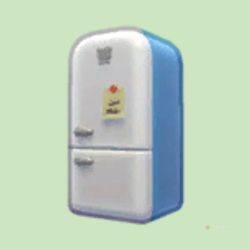In kitchen terminology, it’s common to hear the words "stove" and "oven" used interchangeably. However, they refer to different appliances that serve distinct purposes. Understanding the difference between the two can enhance your cooking experience and help you make better choices for your culinary needs.
What is a Stove?
A stove is a cooking appliance primarily designed for heating and cooking food. It typically consists of burners on the top, where pots, pans, and skillets can be placed for direct heat applications.
Key Features of a Stove
- Burners: Usually ranges from two to six burners that can be powered by gas or electricity.
- Temperature Control: Each burner has its own control knob, allowing precise temperature regulation.
- Cooking Methods: Ideal for boiling, frying, sautéing, and simmering.
Types of Stoves
- Gas Stoves: Utilize gas fuel and provide instant heat. They are favored for their responsive temperature changes.
- Electric Stoves: Use electric coils or smooth-top surfaces to generate heat. They are easier to clean but may take longer to adjust temperatures.
What is an Oven?
An oven, on the other hand, functions as an enclosed space meant for baking, roasting, and heating food through convection or radiation. It is a separate compartment typically located below the stove on a range, but can also stand alone.
Key Features of an Oven
- Enclosed Design: Allows for even cooking by surrounding food with hot air.
- Temperature Settings: Offers a wider range of cooking temperatures ideal for various baking needs.
- Baking and Roasting: Perfect for items such as casseroles, bread, cakes, and meats.
Types of Ovens
- Conventional Ovens: Use heating elements at the top and bottom for an even cooking experience.
- Convection Ovens: Include a fan that circulates hot air for quicker and more uniform cooking.
- Microwave Ovens: Utilize microwaves to heat food quickly, but are not suitable for traditional baking.
Stove vs. Oven: The Primary Differences
Understanding the differences can help you decide which appliance to use for specific cooking tasks. Here are the fundamental distinctions:
| Feature | Stove | Oven |
|---|---|---|
| Purpose | Direct heat cooking | Baking and roasting |
| Design | Open burners | Enclosed compartment |
| Temperature | Quick adjustments | Maintained throughout cooking |
| Types | Gas, Electric | Conventional, Convection |
Cooking Applications
When to Use a Stove
- Sautéing Vegetables: Quickly brings up the flavor with high heat.
- Making Sauces: Allows for easy stirring and adjustment of heat.
- Boiling Water: Efficient for pasta, rice, or hard-boiled eggs.
When to Use an Oven
- Baking Bread: Requires even, consistent heat for rise and crust.
- Roasting Meats: Develops flavor and tenderness through slow cooking.
- Cooking Casseroles: Allows for even heating and blending of flavors.
In summary, while stoves and ovens are essential kitchen appliances, they serve different functions. Knowing the precise uses and capabilities of each can elevate your cooking skills and make meal preparation more efficient. Whether boiling a pot of pasta or baking a delicious cake, both appliances play vital roles in the culinary world.






